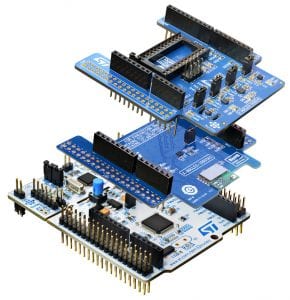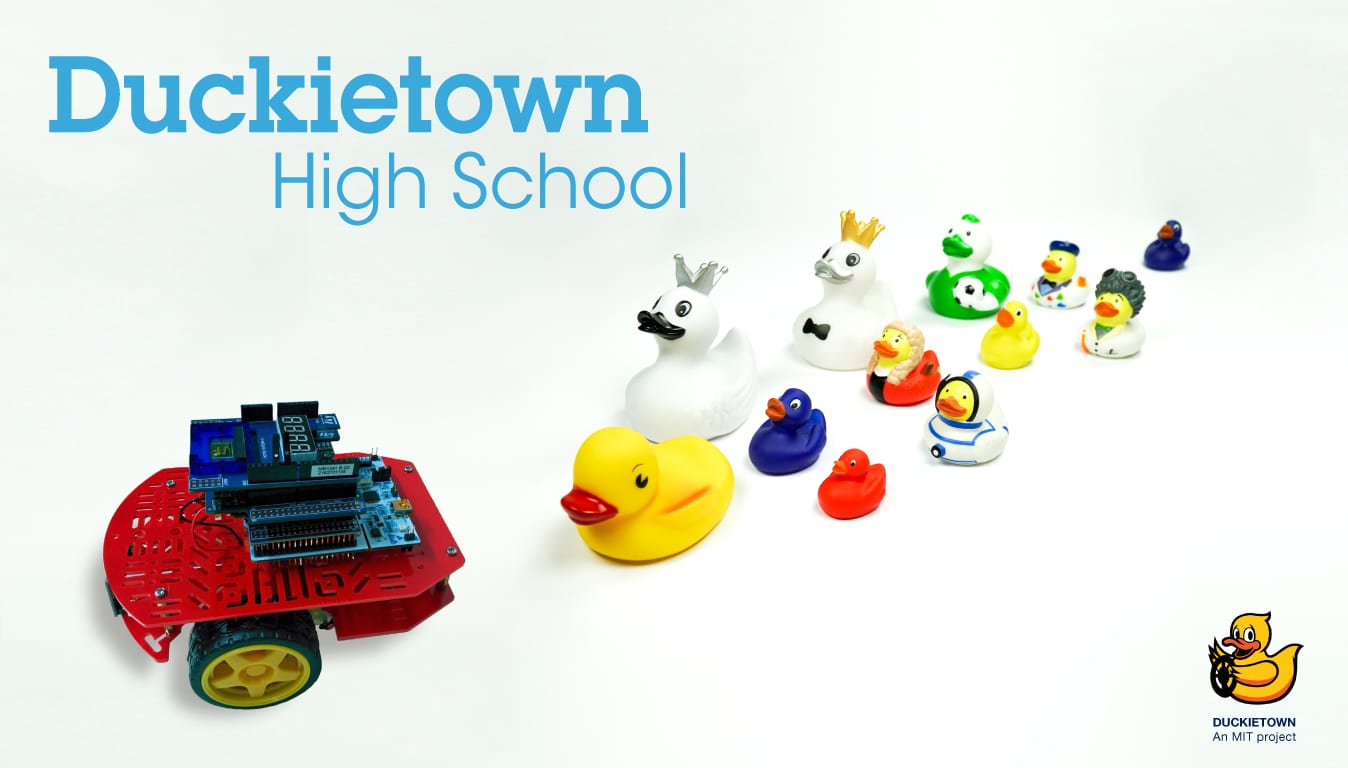It started with an email. Mauro D’Angelo, GNSS Senior System Testing Engineer for ST and founder of the Perlatecnica association, which promotes the teaching of robotics and coding in schools sent it to Massachusetts Institute of Technology (MIT) in Boston.
D’Angelo had learned of an MIT project (Duckietown) that reproduces in miniature the streets of a town populated by rubber ducks. Small, two-wheeled robots traveling through the streets observe road signs, traffic lights, and all traffic rules. Designed to stimulate MIT students to think about self-driving vehicle challenges and propose solutions, D’Angelo proposed to create a sort of lighter version of Duckietown.
Good idea? MIT thought so and replied quickly. Together they launched Duckietown high school, which differs from the original version in its less sophisticated and expensive navigation system for the two-wheeled robots. In addition, the Duckietown High School robots use two lateral infrared sensors to follow lane markings; infrared laser sensors to detect other robots or obstacles—can’t hit the Duckietown residents, after all; a color sensor to recognize stop signs; and a Bluetooth or Wi-Fi module to transmit the robot’s location to the traffic management system, which governs the traffic.
The Duckiebots in the HS project run off an STM32 Nucleo-F401RE board and expansion boards that control the gear motors, contain ST MEMS sensors (an accelerometer, a gyroscope, a compass and an altimeter), and ST’s FlightSense proximity sensors.
ST is donating boards and kits to every Italian school that joins the project; 13 so far. And the students are already showing their progress, with some having participated in the Robotics Olympics organized by the Italian Ministry of Education, Universities, and Research.
Duckietown was created in MIT as an open-source research project and Duckietown HS follows the same approach with a serious educational purpose. It encourages high schoolers to solve the typical problems presented by a robot, including perceiving the surrounding environment and planning movements. The project also stimulates students to coordinate the movement of many robots in a city, suggesting a longer-term effort to communicate between vehicles and think about other problems. In fact, the students in Italian high school developed an alarm system that prevents parking in disabled bays without the necessary permit.
In short, the premise behind Duckietown HS is very strong and the project has been given the official seal of approval by one of the world’s most prestigious universities. Are you ready to visit Duckietown?
